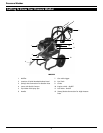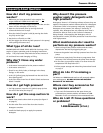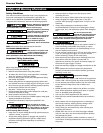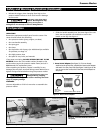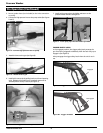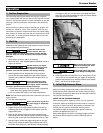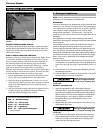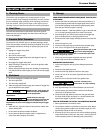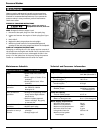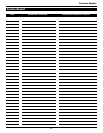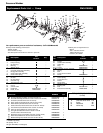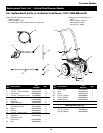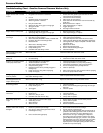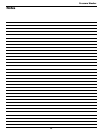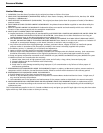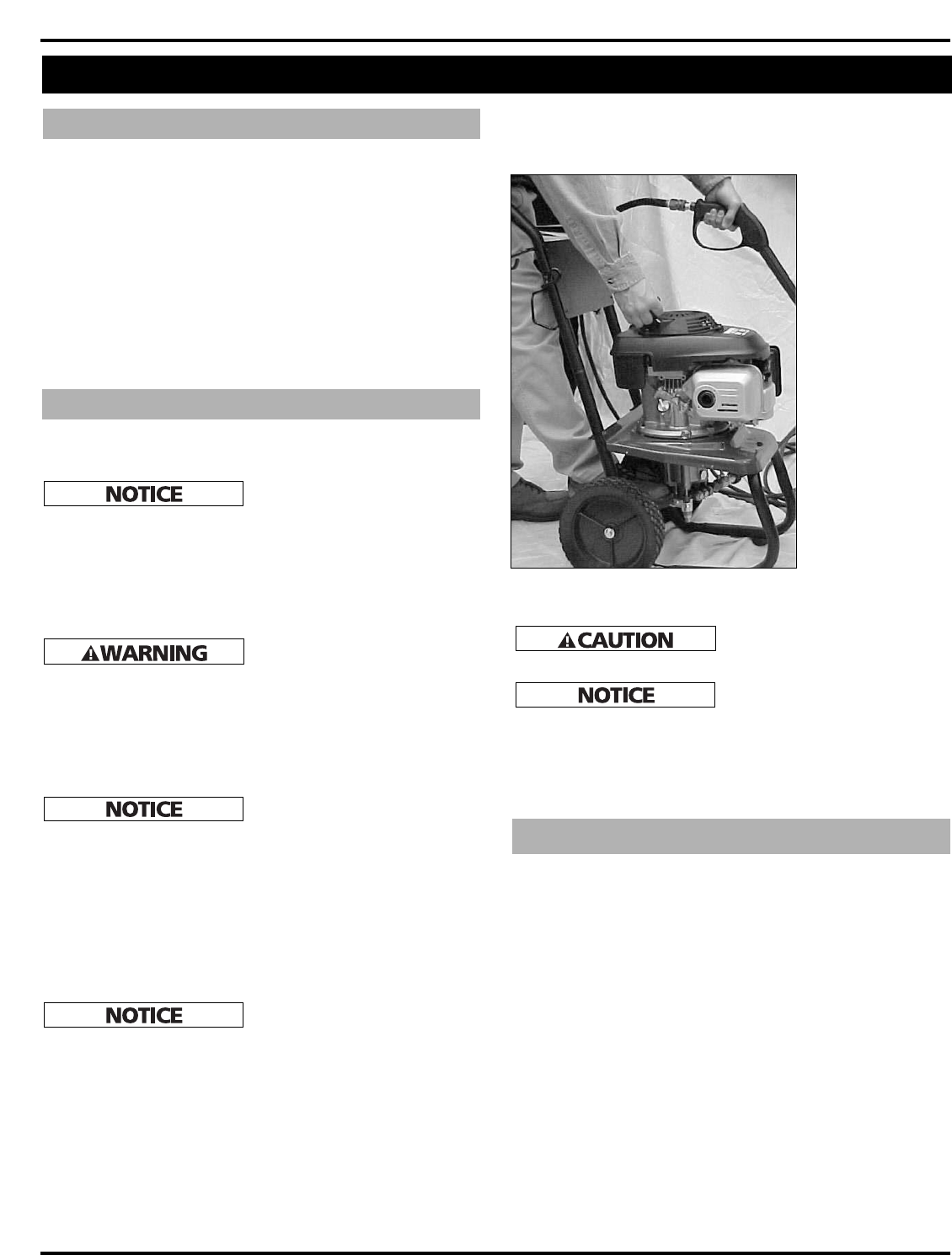
the trigger on the gun, pull the starter rope rapidly and firmly
(See Figure 10). Continue holding the rope as it returns. Repeat
these steps until the engine starts.
When pulling the starter rope,
make sure to keep your hand
and arm clear of the engine and cart components.
Never let the starter rope return
by itself. Doing so could jam the
recoil system.
8. If the engine does not start after two or three pulls or if the
rope is hard to pull, squeeze the gun trigger to release the
pressure that has built up in the high pressure hose. Repeat
Steps 7 and 8 until the engine starts.
Spray the cleaning surface with water to clear off any dirt or
grime that may have collected on the surface. Doing so allows
the detergent to attack the deep down dirt that has worked its
way into the cleaning surface.
ANGLE TO THE CLEANING SURFACE
When spraying water against a surface, you can generate
maximum impact by striking the surface head on. However,
this type of impact can cause dirt particles to embed in the
surface and can prevent the desired cleaning action.
The optimum angle for spraying water against a cleaning
surface is 45 degrees (see Figure 11).
Spray water against a surface at a 45 degree angle to achieve
the most beneficial impact force and to efficiently remove
debris.
The following cleaning procedure will help you organize
your cleaning task and ensures that you will achieve the best
results in the shortest amount of time. Remember to use the
spraying / cleaning techniques mentioned in the following
section.
Before starting a pressure washer cleaning job, prepare the
surface you intend to clean. Clear furniture from the area
and make sure that all windows and doors are closed tightly.
Also, protect all plants and trees near the cleaning area with
a drop cloth. A covering ensures that your plants won’t be
sprayed by the detergents.
ALWAYS use the following start up procedure to ensure that the
unit is started safely and properly.
If water has frozen in the
pressure washer, thaw the
pressure washer in a warm room before starting. DO NOT
pour hot water on or into the pump; internal parts will be
damaged.
1. Check engine oil levels. Add oil as necessary.
2. Check fuel level. Add unleaded gasoline (rated 86 octane or
higher) as required
DO NOT refuel a hot engine.
Refueling a hot engine could
cause a fire. Use only fresh, clean regular or unleaded
gasoline. Close the fuel shutoff valve during refueling.
3. Attach a garden hose to the inlet side of the pump and
connect it to the water supply. Use a hose with an internal
diameter (I.D.) of 5/8 inch (1.58 cm) and a length of 50 ft. (15
m) or less.
Some local plumbing codes
require backflow prevention
when connecting to a fresh water supply. Install a backflow
preventer upstream from the pump if necessary.
a. If inlet water pressure is over 100 psi, install a regulating
water valve at the garden hose connection.
b. Do not exceed 100˚ F (38˚ C) inlet water temperature.
NOTE: The inlet water supply must have a minimum flow rate of
5 gpm (19 lpm).
4. Turn the water supply ON.
Never run the unit dry. Be sure
the water supply is completely
turned on before operating the unit.
5. Trigger the gun until water sprays smoothly from the tip
indicating that all air is purged from the system. Lock the
trigger safety latch.
6. Open the fuel valve by turning the knob counterclockwise
until it stops. Close the choke (if engine is cold) by moving the
choke ring fully to the right. Turn the ignition switch to “ON”.
7. Start the engine. Unlock the trigger safety latch on the gun
(See Figure 9). Grasp the starter rope and brace one foot on
the chassis. Point the gun in a safe direction. While squeezing
Figure 10 - Start the engine
Operation
Pressure Washer
7
www.maxustools.com
1. Surface Preparation
2. Start Up
3. Initial High Pressure Rinse




